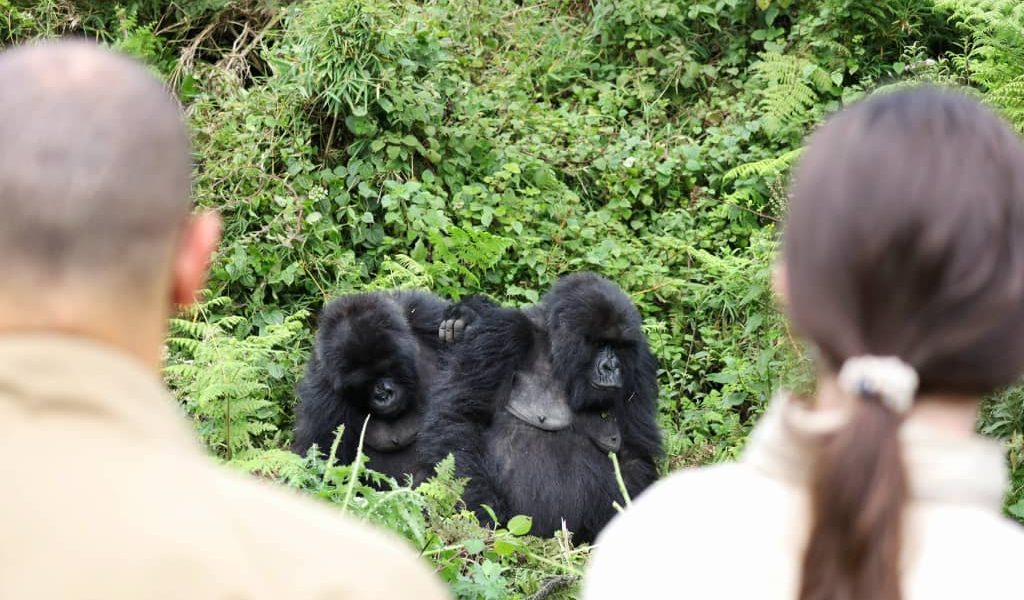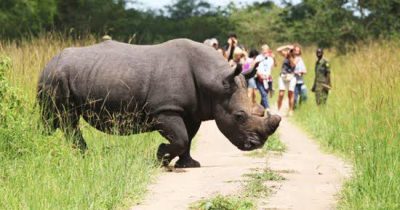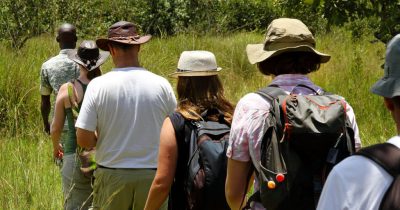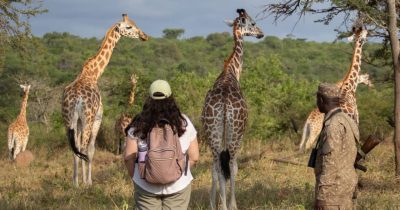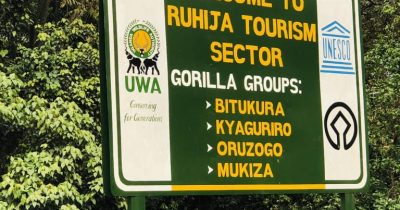Rwanda Gorilla Trekking in March
Rwanda gorilla trekking in March gives a more private experience to the visitors. During this month, there are low turnouts of visitors in Rwanda. As the weather shifts from dry weather to much cooler and wetter weather, it announces the beginning of March. This month is the gateway for the annual showers of the two wet seasons. In this case, this is the longest wet season on the annual calendar.
March has always been labelled as not the best gorilla trekking month. This does not mean visitors cannot encounter these primates when they take on this adventure experience in March. Considered a low season in the tourism sector, March is not very suited for gorilla trekking given its heavy showers. However, for a much insightful gorilla trekking experience in Rwanda, March does not stop at offering it with privacy but also the adventure. Rwanda gorilla trekking in March ensures that you reduce your financial budget since most of the expenses, like accommodation, offer incredible discounts in this month. The dry season often sees many crowds overwhelming the gorilla destination in Rwanda. March is a wet month; ensure you enjoy a less crowded gorilla destination and a private gorilla trekking encounter.
Where to have a gorilla trekking experience in March in Rwanda?
Gorilla trekking in Rwanda is possible at Volcanoes National Park. When preparing for a gorilla trekking adventure experience in Rwanda in March, one needs to find out where in the country it takes place.
Volcanoes National Park
Gorilla trekking in the Volcanoes National Park in March is one of the heavy showers given the park’s proximity to the equator. This guarantees the park to receive two dry and wet seasons, and March happens to be the start of the longest wet season. However, this does not affect the gorilla trekking experience in Volcanoes National Park. This park lies in the Virunga Conservation Area, the remaining habitat for the mountain gorillas. Volcanoes National Park hosts over 13 habituated mountain gorilla populations, making it a must-visit for gorilla and nature enthusiasts. The park doubles as the oldest protected area in the country and also one of the oldest in Africa, having been established in 1925.
Regardless of whether March is a wet month, the weather can be unpredictable, with some times the sun shining strongly for days. Though it rains, gorilla trekking can be adventurous, and encountering the mountain gorillas is assured since they don’t usually move for long distances in the wet months due to an abundance of food. This means visitors trek for short distances before they encounter the mountain gorillas. It is important to note that gorilla trekking in Volcanoes National Park in March sees most of the trekking trails muddy and slippery. Thus, requiring specific trekking gear to take on the muddy and slippery trails with ease brings you face-to-face with the endangered mountain gorillas in their natural habitat of Volcanoes National Park.
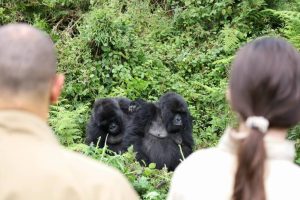
How much is Rwanda gorilla trekking in March?
The cost of gorilla trekking in Rwanda does not usually change regardless of the month, and March is not any different. This cost ranges from nationality to region of the visitors and the collected money with channeled to conservation and community development. Gorilla trekking permits cost USD 1,500 for foreign non-residents, USD 1,000 for foreign residents, and USD 200 for East Africans.
When is the best time for Rwanda gorilla trekking?
Rwanda gorilla trekking is best done during the dry season since it is an outdoor activity. The dry season is characterized by dry weather conditions with limited rainfall patterns. This season, therefore, is perfect for outdoor activities like gorilla trekking since it park remains dry, trekking trails are dry and navigable, and the vegetation is sparse, aiding visibility. The dry season runs from December to February and from June to August.
What to pack for Rwanda gorilla trekking in March?
Below is what to pack for Rwanda gorilla trekking in March:
- Long-sleeved shirt and a pair of trousers
- Scarf
- Rain jacket
- A pair of garden gloves
- A pair of waterproof boots
- Warm sweater
- Camera and extra batteries
- Binoculars
- Insect repellent against mosquitoes and other biting insects
- Sun protection gear, including sunglasses, UV lotion, and hat/cap
- Snack box to carry energy snacks
- Recyclable water bottle
- First aid kit
- Backpack
